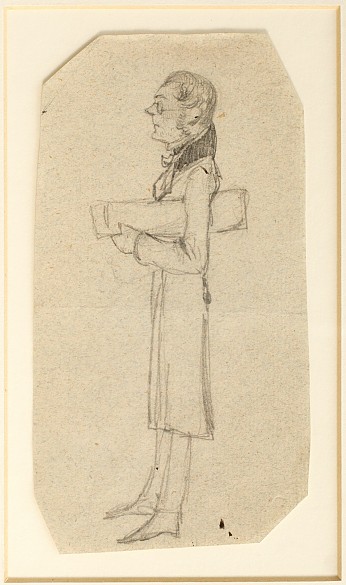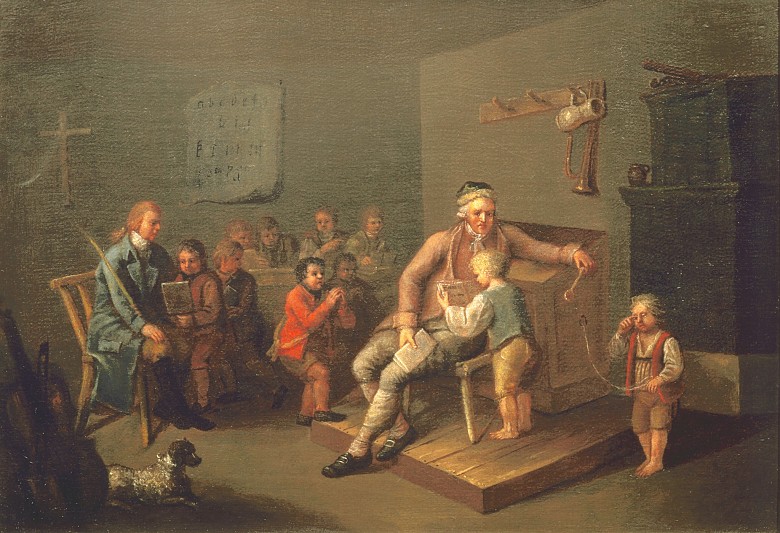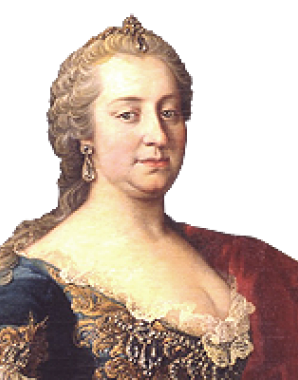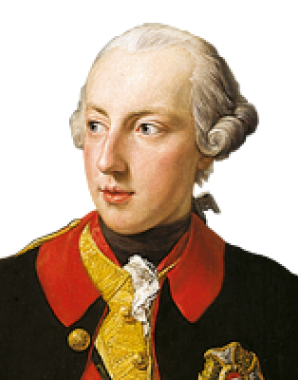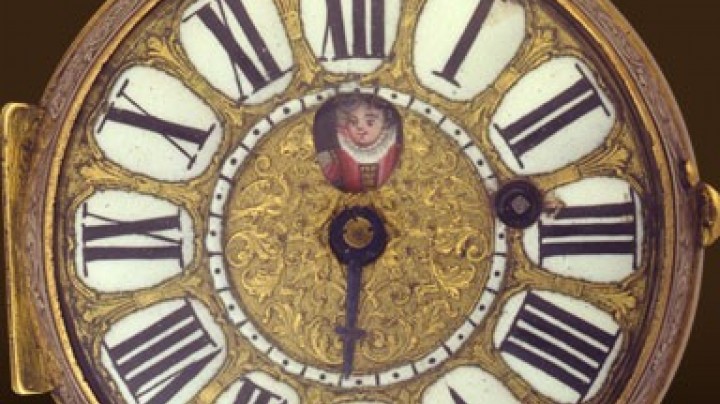School instead of work
The introduction of general compulsory education was marked by heated debate. Which would bring greater benefits – child labour or schooling?
Johann Heinrich Gottlieb von Justi: Die Grundfeste zu der Macht und Glückseeligkeit der Staaten oder ausführliche Vorstellung der gesamten Policey-Wissenschaft (Erster Band, welcher die vollkommene Cultur des Bodens, die Bevölkerung, den Anbau, Wachsthum und Zierde der Städte; desgleichen die Manufacturen, Fabriken und Commercien und den Zusammenhang des ganzen Nahrungsstandes abhandelt, Hartung, Königsberg u.a. 1760, 697.Above all, however, … all children, from their childhood on, should be required to be hard-working, and work should become habitual and enjoyed; as in all states with a high standard of sustenance, e.g., in England and Holland, which make children work at a very early age.
The reforms of Maria Theresa and Joseph II were always enacted in pursuit of a utilitarian ideal. But how were compulsory education and child labour to be reconciled? Contemporary economic theorists and mercantilists came down firmly on the side of child labour: from the age of four onwards they should become accustomed to working. This ‘practical’ mode of discipline would prevent idleness and lethargy. Child workers were highly valued in the textile industry (spinning mills) in particular. In 1761 Maria Theresa officially sanctioned the employment of children in this industry and thus gave state legitimization to child labour. In particular, orphans and the children of soldiers were deployed here. In contemporary discourse, children guaranteed the care of their parents in old age on the one hand, and on the other they were regarded as useful and above all cost-effective employees for the factories.
The representatives of the Enlightenment countered by stressing the importance of basic education in schools. It should be the duty of schools to teach hard work, obedience and Christian humility. One result of this debate was the factory schools: so that no working time was lost children were taught in schools attached to factories after work and on public holidays. A more ‘child-friendly’ solution was found in the Alpine agricultural regions where children were only taught during the winter months.
Although this laid the foundation for a unified school system throughout the Monarchy, the high rate of illiteracy in the nineteenth century demonstrated that regular school attendance gained acceptance only slowly.
